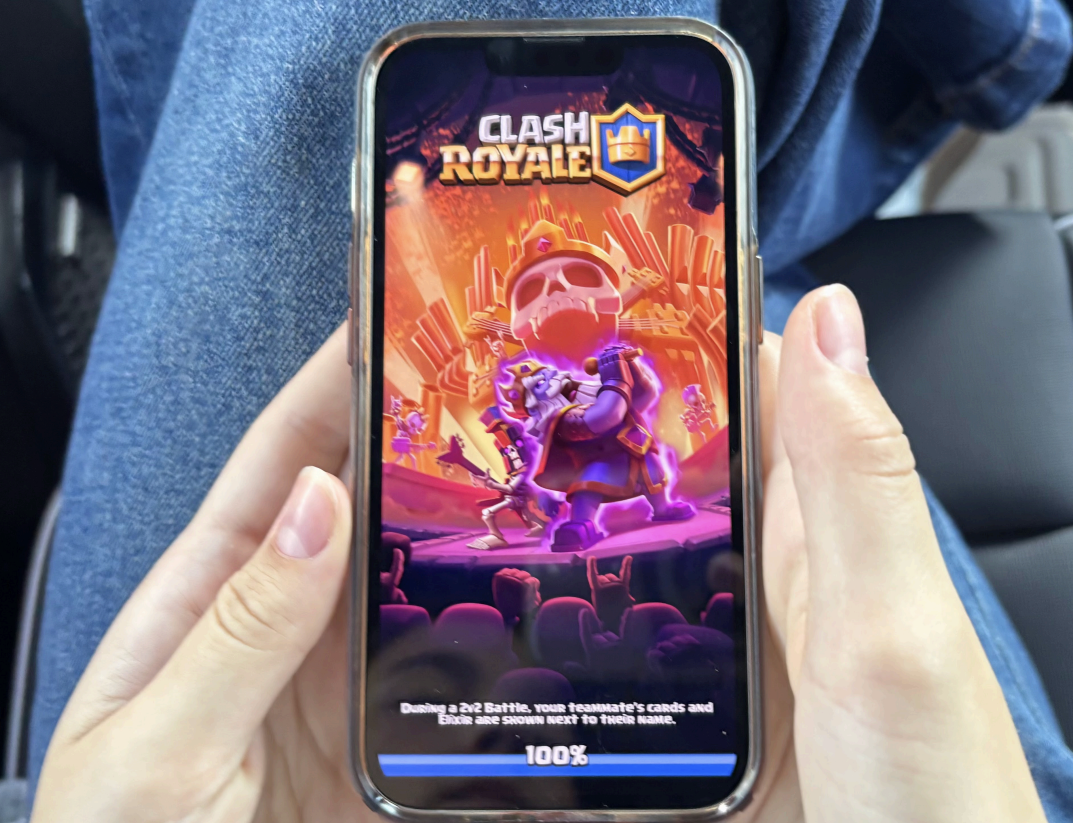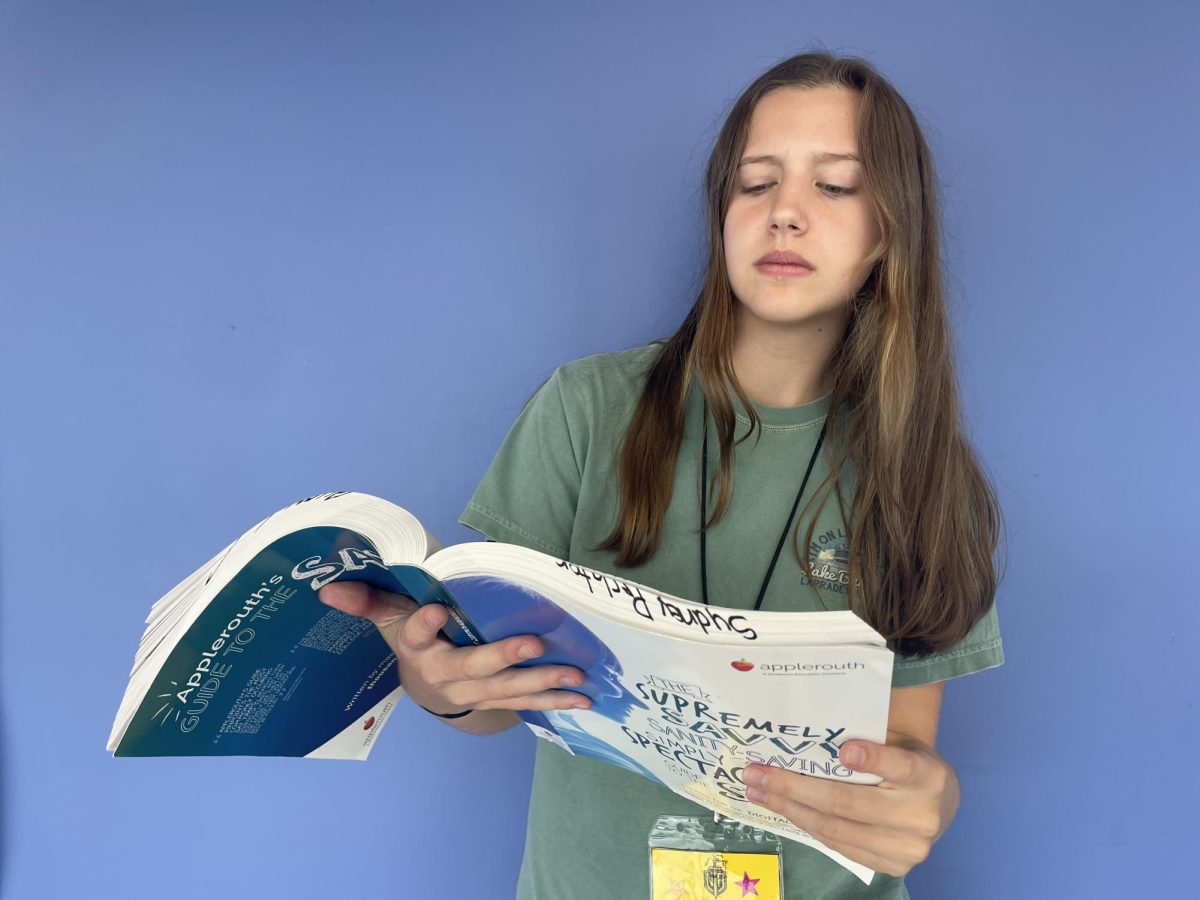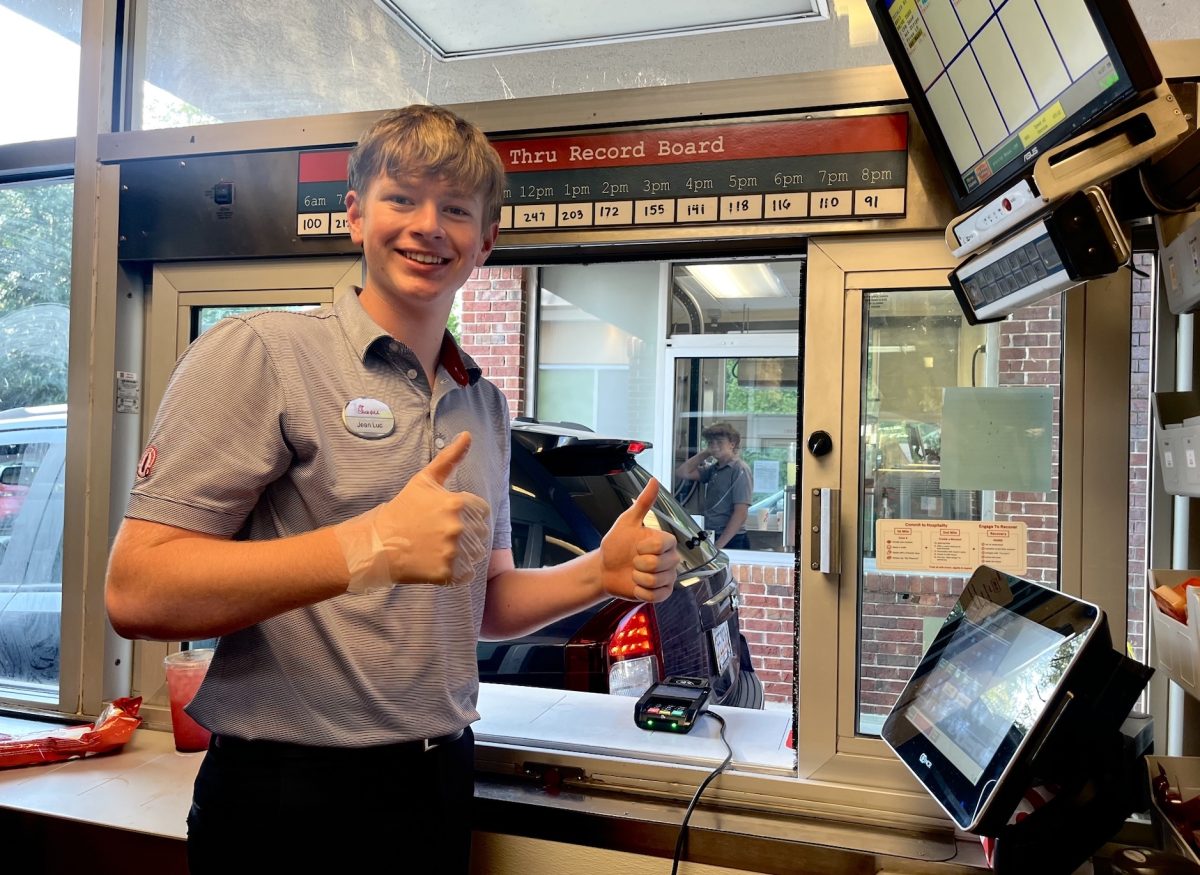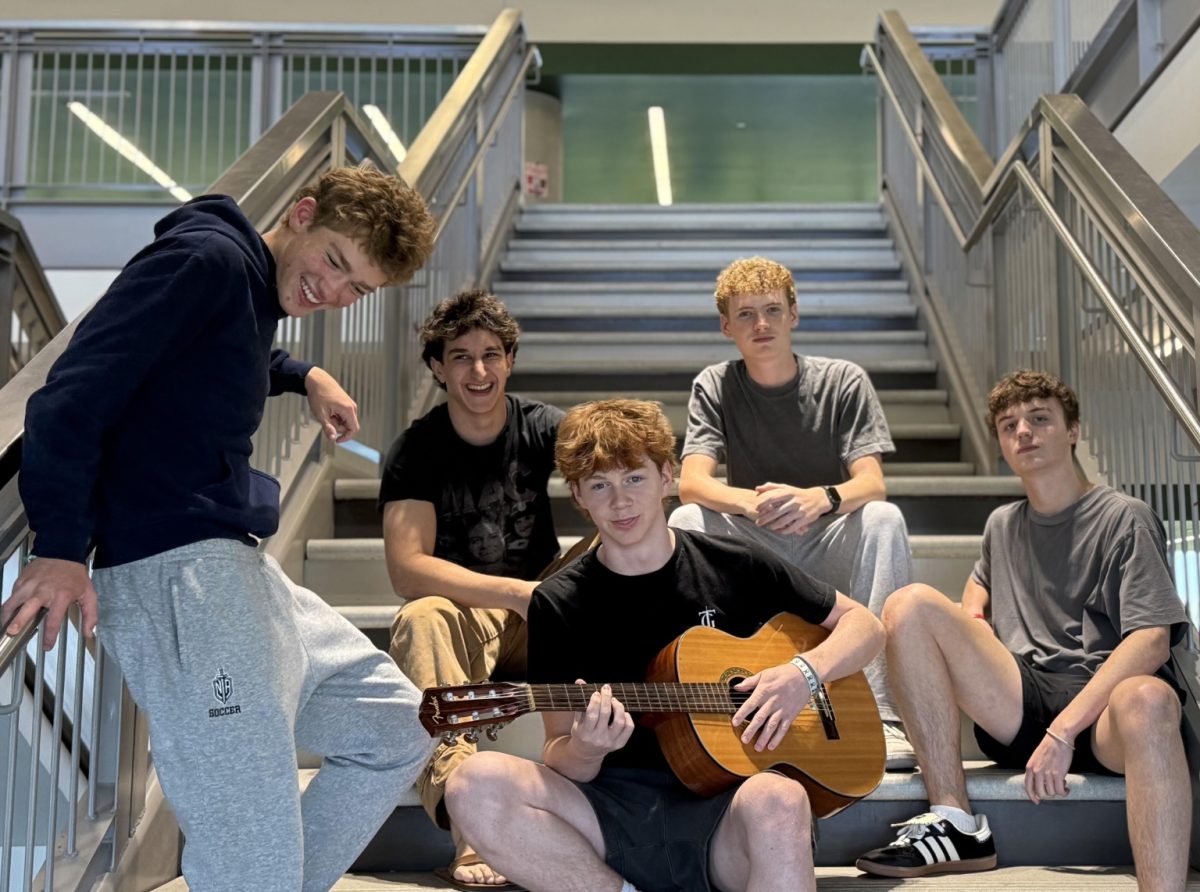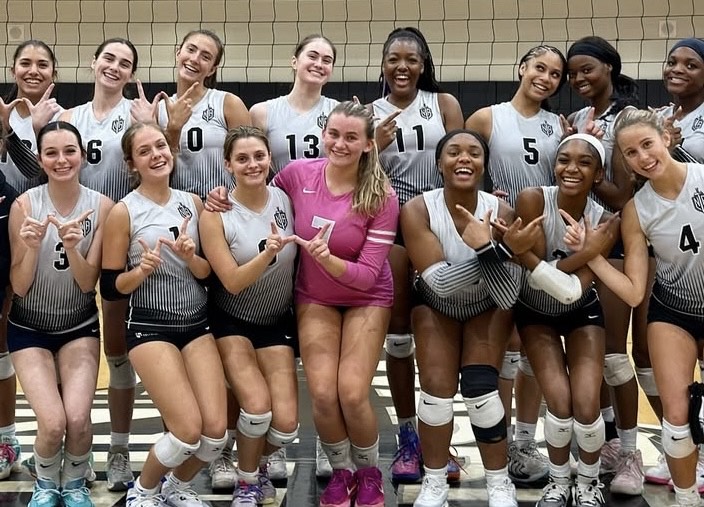When looking at the student body of North Atlanta, or any high school for that matter, an overwhelming percentage of the population will likely have a caffeinated drink in hand. Caffeine addiction is an inevitable problem among the teenage population, who spend their nights up far too late and days relying on the rush of caffeine to keep going. These addictive tendencies are problematic, and additionally, many students do not realize the copious amounts of money being wasted away solely from their frequent encounters with energy drinks and Starbucks drive-thrus.
One of the main cash grabs for caffeine-loving teens is the much-beloved Starbucks. Its advertising is a main factor drawing people in and causing them to blindly spend extensive amounts of money on a single drink, particularly with their seasonal drinks that can add excitement to a student’s day-to-day. The delectable tastes of these drinks and the variety of options lead many teens, including senior Lara Bradford, to drain their pockets. Bradford spent last semester averaging a Starbucks run 12 times a week, making it a habitual part of her mornings and afternoons. “I’m trying to cut down because I am draining my bank account by going so often,” Bradford said. “My drink is $6, so it adds up pretty quickly.”
While overspending is one problem that needs to be addressed, many also lack awareness of the implications of chugging caffeinated drinks daily. It is recommended by physicians and healthcare professionals that teenagers keep their caffeine consumption to 100 mg per day, a number the vast majority of popular drinks exceed greatly. One canned energy drink that has gained popularity in the high school world is the beloved “Celsius.” This drink contains a whopping 200 mg of caffeine per can, making just one double the amount recommended. Students like senior Taylor Mosley, who averages around 3 a day, take the caffeine problem to another level. “I am always exhausted from staying up to do homework, and I find myself relying on these drinks to keep me going for an entire school day.”
The cost of caffeine has proved itself to be high, both literally and figuratively. In the literal sense, the cost of a regular coffee at the places Dubs frequent adds up, with Starbucks drinks averaging around $5. On the other hand, caffeine consumption poses problems related to insomnia, anxiety, restlessness, increased heart rate, and more. While morning coffee is sometimes of great necessity, teenagers must remind themselves of the downsides of becoming too reliant on a source of false energy.



